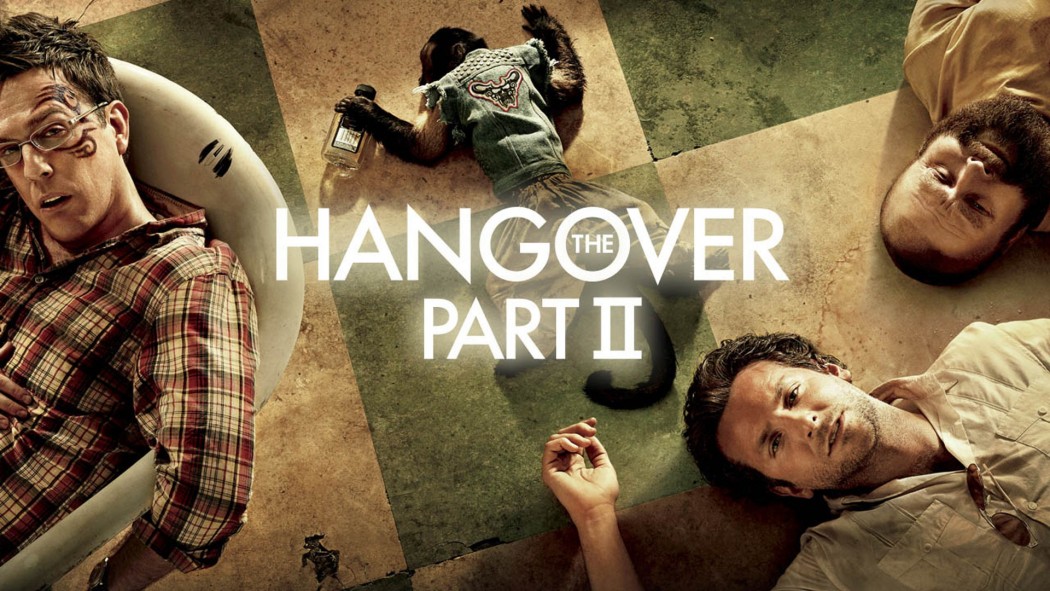
African cinema, Ousmane Sembene and the Western gaze
October 1, 2010
In defence of criticism: The case of The Hangover Part II
June 3, 2011Africa is a battleground for the anti-colonial struggle because the continent has been coveted by foreign powers for centuries. The transatlantic slave trade was one of the most violent acts in history, uprooting Africans and separating them from their backgrounds, traditions, and identities. This massive relocation gave birth to the African Diaspora, a group fighting to reconcile its African origins with its present circumstance.
This dichotomy has produced several cultural works, especially in film where militant movies are present. Although it is no longer relevant to speak of a general black race, I will study here the impact, in film, of colonialism on the African Diaspora as it relates to several ex-colonies.
In the sugar fields
Sugar Cane Alley (1983) depicts life in a Martinique plantation in the 1930s. In this story, Young José and his grandmother live in a small village where the only source of revenue is a local sugar plantation. All the villagers are worked there to the bone, leaving to wonder if there is a notable difference between slavery and freedom for these workers. Repeatedly, the plantation owners cut wages for insignificant affronts. To survive, the villagers are asked to put their young children at work; José’s grandmother forbids her grandson to work in the fields, refusing to perpetuate the colonial traditions that have kept the villagers in their present state. During colonial times, Article 44 of the Black Code, decreed by King Louis XIV, declared black slaves to be personal property, judged as inferior to their white masters, forbidden to learn to read or write. The different dispositions in the Black Code served to foster an inferiority complex in the slaves, to maintain slaves in the respect and fear of their masters, and ensure the master’s protection. But, these dispositions have also helped, in the post-colonial era, to keep blacks in a subservient state. In Sugar Cane Alley, the villagers have no choice; to survive, they need to work on the plantation, collect the sugar canes but, too busy surviving, they ignore the steps that would, in their case, convert survival into living. José’s grandmother is aware of that distinction. When she refuses to follow the colonialist imperative for her, she ensures that when he’s older, he will break the bonds of French colonialism and make something of himself.
Colonialism has kept itself relevant by dividing the colonized, segregating by skin tone or the establishment of a social hierarchy. In colonies like Haïti and Martinique, the social interactions were made complex, separating slaves, free men and the black-white offspring into categories with their own different social recognition. For example, there were at least six different types of mixed race (mulatto, quadroon, etc.), depending on whether the parents were of pure blood or of mixed race. Moreau de Saint-Mery wrote that, in the old Saint-Domingue colony, now Haïti, the skin colour prejudice was “the hidden coil of the whole colonial machine”. In Sugar Cane Alley, José’s best friend, Leopold, is a mulatto, son of the plantation’s owner. There is an evident hierarchy in how he is positioned higher up than the villagers, not only because his father is wealthy, but because he’s half-white. Even though he and his mother have been M. De Thoral’s, the plantation owner, family for years, while he lies in his deathbed, he refuses to recognize Leopold as his son, thinking of the social ramifications of such an act. Furious, Leopold runs away, later found stealing and punished for it.
One of the most interesting characters in Sugar Cane Alley is Moudouze and his stories about slavery and blacks. In that respect, he perpetuates the African griot tradition, transmitting the knowledge he has received to José, the new generation. As Cheryl Chisholm writes:
“The griot keeps the past alive in the minds and hearts of the group and, in the shaping of the recitation, the consensus of the group about its own identity evolves through time. The griot comments on the past in the light of the present and vice versa, communication not in the disengaged, third-person voice that has been the hallmark of conventional Western history, but in a manner fully engaged with the ongoing drama of the group.”
Moudouze stories about Africa are nostalgic, conveying a certain sadness in being separated from the mother country. His declaration that, once dead, he will be taken back to Africa, is beautifully moving, associating Africa to Heaven instead of its usual colonial depiction as hellish, savage and ugly. It recalls the Back-To-Africa movement of the nineteenth century which called for those of African descent to return home to their ancestor’s homelands. Moudouze is José’s connection to his roots in his ever-increasing involvement in the colonial world. But, as much as Sugar Cane Alley brings to the neocolonialist discourse, it also takes away from it. José can only escape the neocolonialist regime by adhering to it, accepting a bursary for a prestigious French school in Fort-de-France, the capital. José exchanges one form of subservience for another, seeking French education as a way to lift himself out of his situation. Here, the character falls into colonialism’s trap, equating, as Shohat and Stam put it, “the non-literate with the illiterate”. By following colonialist views of what constitutes knowledge, José perpetuates the colonialist diktats by which native culture, content, tradition and lifestyle are somewhat inferior to Europe’s.
- Black Panther: A Perspective - March 20, 2018
- Seven Pounds (Gabriele Muccino, 2008) - May 5, 2015
- Honeymoon (Leigh Janiak, 2014) - January 30, 2015



